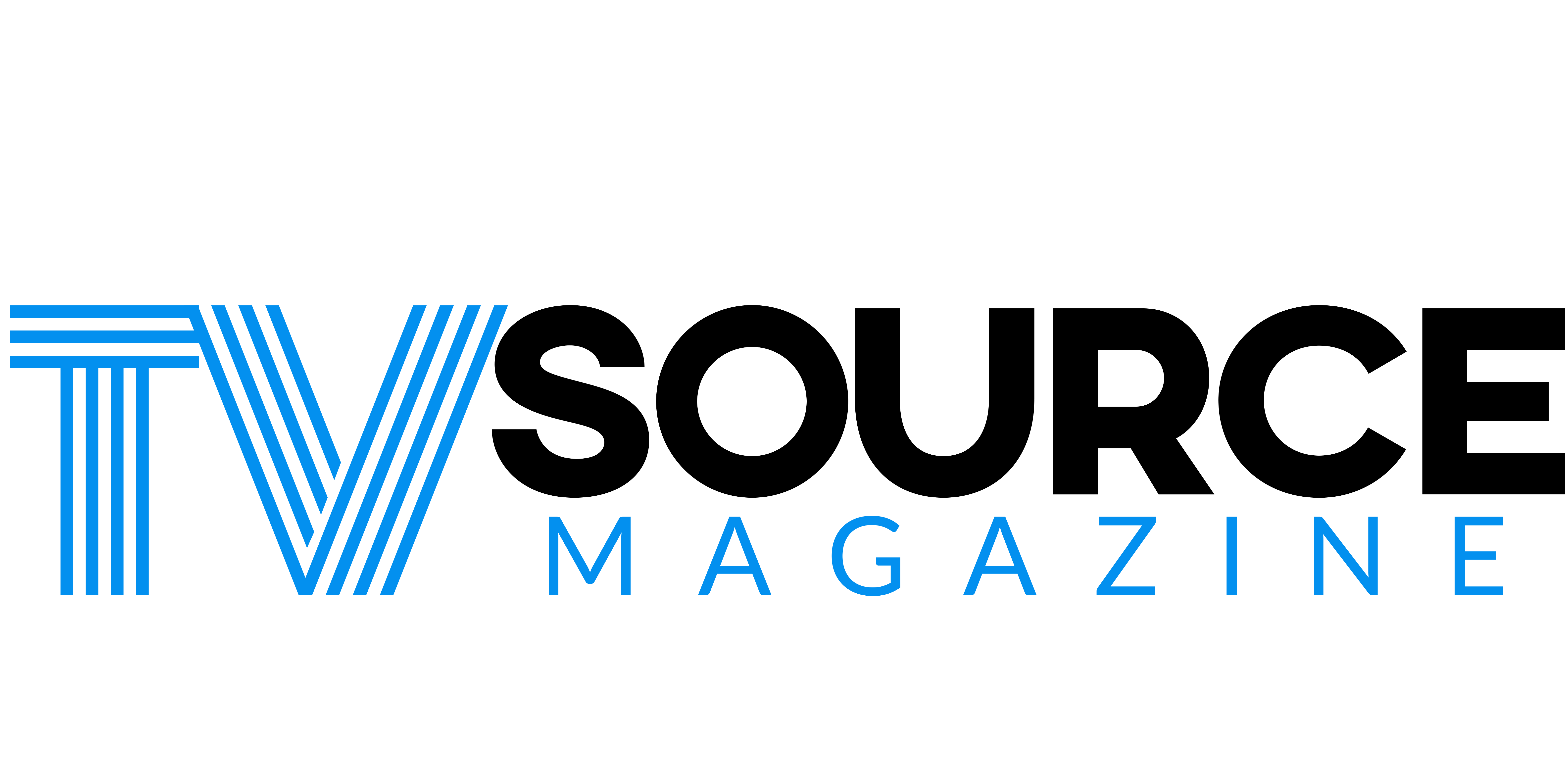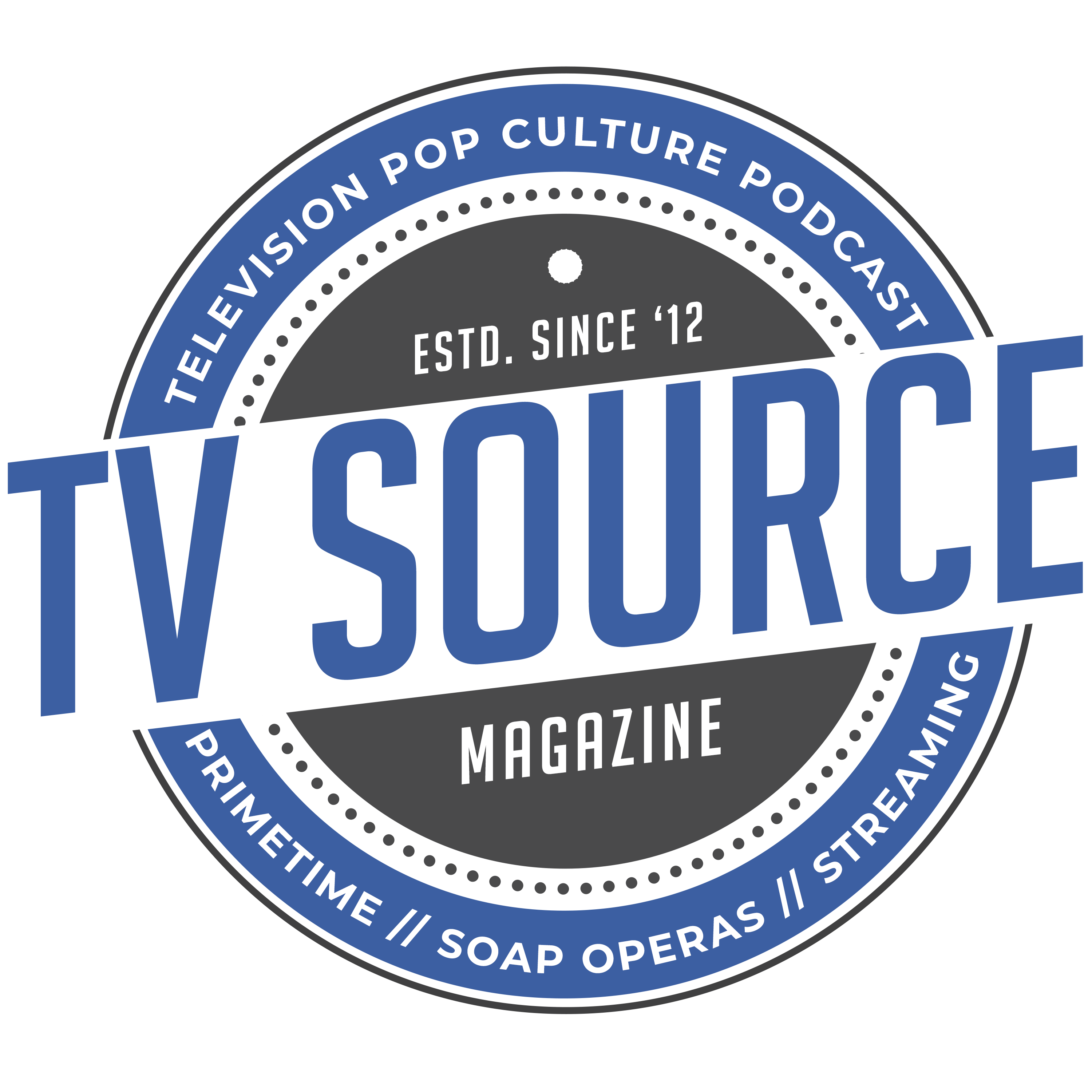It didn’t take long for me to realize that Hollyoaks didn’t look like any other show that was currently occupying my time. Everywhere I looked, I was met with a character that was completely different than one in the previous scene. For the first time in my soap opera viewing life, I didn’t have to go searching for a character that looked like me or friends of mine. They were not only already on canvas, they were the center of attention.
When US show-runners discuss diversity, it often comes off as disingenuous and short sighted to fans. Look no further than the online dragging The CW has been getting for months when they rolled out their new campaign geared towards diversity and inclusivity. Viewers who actually watch their shows have been quick to point out that while they may have characters of color on their network, they are often poorly written and/or used solely to check a box (sans Black Lightning, of course.) They remember the times when you attempted to make Iris West a sidekick with no point of view. They remember all the times you wrote Bonnie Bennett as disposable. They see how you use Ashleigh Murray to promote Riverdale when her character has barely been seen all season. Viewers don’t miss anything and they have long memories. But the longest memories of all go to soap fans. And diversity pandering is no more rampant than on the four remaining US Daytime dramas.
American soaps, with their antiquated model, still view diversity as having one token black family, a singular gay couple and maybe someone with a disability – if you’re lucky. And almost always, none of them are actually leading stories of importance. And if they are, somewhere towards the end, the narrative shifts back to a character that the audience can feel comfortable with. Example: Theo Carver’s officer involved shooting on Days of our Lives last year which morphed into JJ’s pain. Or their current immigration storyline which is more of a plot point for Jack Deveraux than anything else.
It’s gotten to the point where I no longer look to American soaps to give me variety. Not since Hollyoaks came into my life. This 20 minute long show that takes place in a fictional village 3,000 miles away from me is doing a better job of showing different walks of life than any show set in a country where almost everyone’s ancestry is immigrant. So how has Hollyoaks been able to remain genuine in their efforts? Easy answer: They actually know what diversity means.
They know that diversity is more than just ethnicity. They understand that diversity means anything other than the norm. There are black characters, Muslim characters, LGBTQI characters, and most importantly, characters with disabilities. And never are any of them played as stereotypes or as charity cases. In the 6 months I’ve been watching, Courtney being in a wheelchair has never been mentioned. The Price Slice employee with Down Syndrome appears on screen to do her job and no one bats an eyelash about it. These are regular characters doing all the things any other character does on a daily basis.
That being said, Hollyoaks doesn’t shy away from their diverse characters either. Minnie’s down syndrome, Brooke’s autism and Oscar’s deafness are often mentioned and explored, but never in a way that feels exploitative. It comes up in discussion naturally to give a look into their day to day lives and that of their families. They even go out of their way to highlight it. There are few things in soaps that I have seen recently that have moved me more than their diversity episode and documentary which aired earlier this month.
Reeling from her unborn babies Spina Bifida diagnosis, Mandy finds herself seeking understanding from other characters on canvas who society looks at as different. The most poignant interaction was between Mandy and Maxine, who’s daughter Minnie has Down Syndrome. When Mandy told Maxine about the diagnosis, her response was simply, “oh ok.” No pity, just an affirmation that every child, no matter any aliment, deserves love and will offer the same in return. That is what sets them apart. Their ability to take a serious situation and play the emotional beats without turning it into a campy after school special that solely exists to further another plot. This is something none of the current US soap head writers know how to do.
I could continue campaigning for a change in the way American soaps see diversity. I could call them to task when the bring on a black character and make them a drug connect. Or when they introduce an undocumented resident and make her story a plot point for someone else. I could get up in arms when they use a transgender storyline for attention only to never bring it up again when said attention dies down. Or when they decide that the only way to introduce a Hispanic family is to completely erase the black family in the process.
But ever since Hollyoaks came into my life, I’ve realized that there’s no point. I’ve come to the understanding that the powers that be are well aware of how to do something correctly. They just simply choose not to. When Hollyoaks Executive Producer Bryan Kirkwood says he wants to tell good stories regardless of a characters skin color, sexuality, gender or disability, I absolutely believe him. While American soaps producers offer lip service, Hollyoaks is actually putting words into action.
Hollyoaks airs weeknights at 6:30 on Channel 4, with first look screenings at 7 pm on E4 in the U.K., episodes air on a two-week delay on Hulu in the United States. For more on Hollyoaks, visit their official website.















Comments